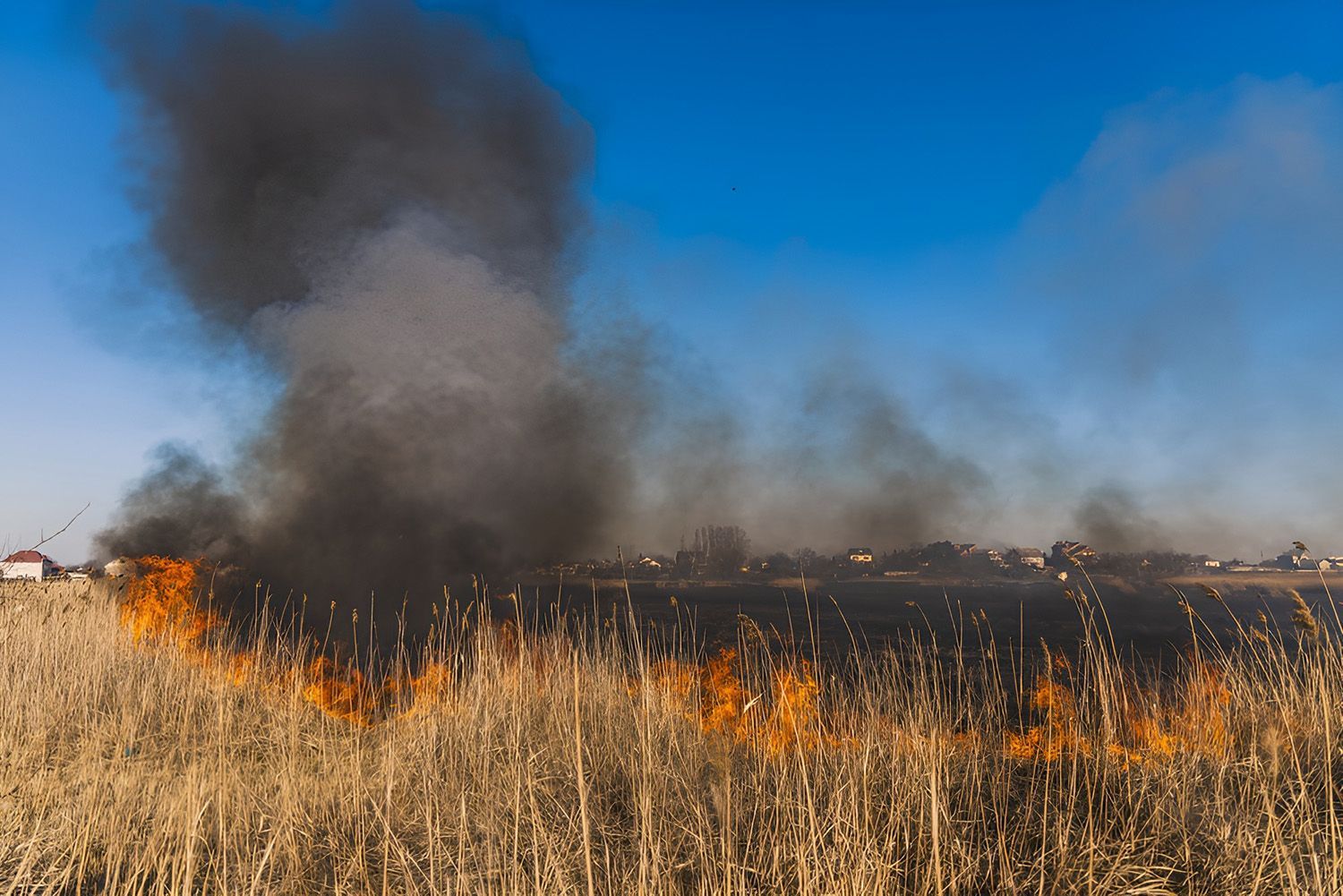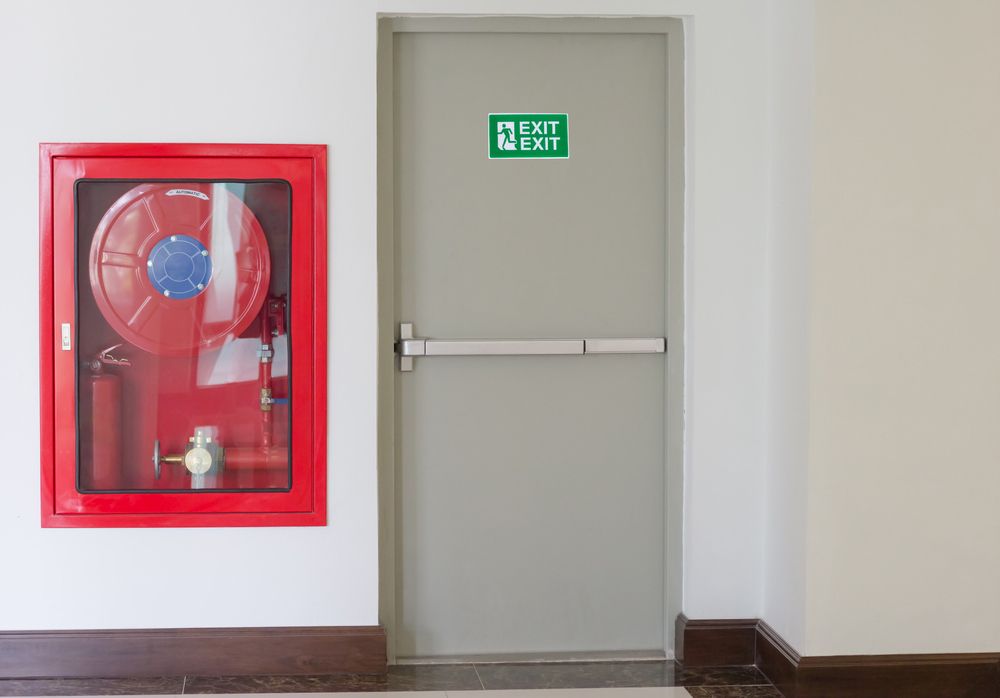How Passive Fire Systems Save Lives in Emergencies
Author: Pasiv Fire | Date: August 26, 2025
Time is one of the most important factors in ensuring safety in any fire emergency. A well-prepared building can slow the spread of flames and smoke, giving people more time to evacuate and reducing the risk of severe damage. While most people think of sprinklers or alarms when it comes to fire safety, there is another crucial layer of protection that often goes unnoticed: passive fire systems. These systems are built directly into a building's structure, working quietly in the background to limit fire spread and safeguard lives.
For businesses, property managers, and industrial facilities, ensuring that buildings are designed with adequate fire safety measures is a responsibility that cannot be ignored. A passive fire protection system is designed to preserve property and save lives by buying occupants valuable time during an emergency.
The Role of Passive Fire Systems in Emergency Safety
Unlike active fire systems such as alarms and sprinklers, passive fire systems are built into the fabric of a building. Their role is to prevent fire and smoke from spreading uncontrollably, ensuring that occupants have the best possible chance to escape unharmed. Some of the most important ways they provide this protection include:
- Passive fire systems always provide protection, without the need for activation or human intervention.
- They are strategically designed to compartmentalise a building so that fire is slowed, contained, and unable to travel freely.
- By working in the background, they complement active fire systems and ensure a multi-layered approach to safety.
Containing Flames & Smoke with Effective Barriers
One of the most critical functions of passive fire protection is the creation of barriers that stop fire and smoke from spreading unchecked. These barriers are integrated into a building’s design to compartmentalise risk and allow people to move to safer areas. The types of barriers commonly used include:
- Fire-resistant walls and floors that contain flames within a specific section of a building for a defined period.
- Specialised fire doors that block both fire and smoke, allowing safe evacuation routes to remain clear for longer.
- Sealing and fire-stopping materials are applied around service penetrations, pipes, and cables to prevent hidden pathways for fire and smoke.
By restricting the movement of smoke and flames, passive fire protection services provide safer environments that allow occupants to escape while protecting unaffected areas of a property.
Enhancing Evacuation Time in High-Risk Buildings
When an emergency occurs, safe evacuation is the number one priority. Passive fire protection enhances this process by slowing the fire’s progress and keeping escape routes usable. This can be achieved through:
- Compartmentalised spaces that limit fire growth and ensure exit corridors and stairwells remain free of smoke and heat for longer.
- Fire-rated doors and seals that provide extended evacuation windows, even in multi-storey buildings or high-occupancy areas.
- Slowed fire spread that reduces panic by giving occupants and emergency coordinators more time to direct safe movement.
Safeguarding Structural Integrity Under Extreme Heat
Beyond protecting people, passive fire systems are essential for preserving the strength of a building during a fire. High heat can weaken structural components, leading to partial or full collapse if no protection exists. To prevent this, several protective measures are used:
- Fire-resistant coatings and wraps are applied to steel beams and columns to delay structural failure under intense heat.
- Protective linings and barriers are installed to insulate load-bearing walls and floors from direct exposure to flames.
- Structural elements are kept intact for longer, which prevents collapses that could trap occupants and responders.
Compliance with Building Codes & Safety Standards
Building codes and fire safety standards set precise requirements for fire protection. By implementing passive fire protection services, businesses can ensure compliance while safeguarding lives. The main benefits of compliance include:
- Meeting compliance requirements ensures that buildings pass inspections and avoid costly penalties.
- Incorporating fire-resistant barriers and materials provides documented assurance that safety obligations are met.
- Achieving compliance demonstrates a duty of care, reassuring employees, tenants, and customers that safety has been prioritised.
Tailored Solutions for Different Building Types
Every property has unique risks, so passive fire protection systems are tailored to specific environments. The needs of a commercial office differ from those of a retail centre or an industrial facility, and passive solutions reflect these differences. Depending on the property type, solutions may include:
- Residential properties that focus on compartmentalising living areas to slow fire movement between units or levels.
- Commercial spaces that rely on smoke containment and fire-rated doors to protect high-traffic areas and stairwells.
- Industrial facilities that require heavy-duty coatings, fireproof barriers, and sealing systems to safeguard equipment and infrastructure.
By tailoring each solution, providers of passive fire protection in Illawarra ensure that buildings receive the right level of defence for their specific risks.
Long-Term Reliability & Low-Maintenance Protection
One of the greatest advantages of passive fire protection is its reliability. Once installed, it provides constant protection with minimal upkeep, making it effective and cost-efficient. Its long-term benefits include:
- Passive fire systems work continuously in the background without reliance on mechanical parts or activation.
- Maintenance requirements are minimal, often limited to routine inspections to ensure barriers and seals remain intact.
- Durability that ensures systems can provide decades of protection with only occasional servicing.
Partnering with Professionals for Safer Buildings
The effectiveness of passive fire protection depends on correct installation and ongoing support. Working with qualified providers ensures that systems are designed to meet regulatory requirements and a property's specific risks. Some of the key advantages of engaging professional support include:
- Proper installation that guarantees fire-resistant walls, doors, and barriers are fitted to the highest standards.
- Ongoing inspections ensure systems remain compliant and ready to perform during an emergency.
- Informed guidance that helps businesses develop customised strategies to improve fire safety across all operations continually.
Protecting People & Property with Passive Fire Systems
At Pasiv Fire, we are dedicated to helping businesses and property owners protect what matters most. Whether you manage an office, a retail facility, or an industrial site, our tailored solutions are designed to provide life-saving protection during emergencies.
The best time to strengthen your building’s fire safety is before an emergency occurs. By investing in a reliable passive fire protection system, you are ensuring the safety of occupants, the protection of property, and compliance with all relevant regulations. Contact us today.














